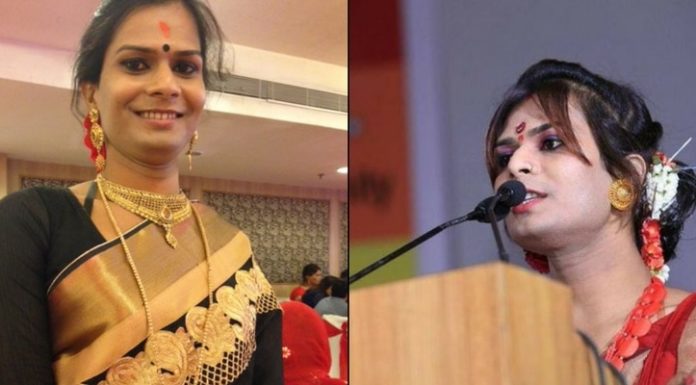One of the dark faces of the Indian media houses, yellow journalism is posing a threat to the integrity of the country. It is not for the first time that the nation is facing threats from these houses but the intensity to which they have risen up in the recent times is alarming! In terms of the media agencies, this threat is popularly recognised as the Yellow Journalism or the Yellow Press. Clearly the dark side of media, let us have a look at the different aspects of the yellow journalism.
What is Yellow Journalism?
Presentation of the news in a manner to create an overrated hype for the sake of business and making money can be understood as the yellow journalism in layman terms. Going by the definition of the term, it can be seen as presenting the illegitimate and the poorly researched articles with catchy headlines being served with the exaggeration. The idea is to make millions out of overstating the events, scandal-mongering and sensationalism. Yellow journalism is nowhere near to the basic objective of the media house. Rather, it can be compared to the art of the business where one is primarily aiming at earning bucks and to fulfil the selfish means of the indulged parties.
What leads to yellow journalism?
In a country where the media signifies the democracy as a fourth pillar and has a wide outreach, it is a moral responsibility of the media houses to be unbiased. But then what leads to this situation? The answer is simple!
In a country of a billion, it is next to impossible to let everyone agree on an opinion and reach a conclusion. I will further take a liberty to establish a link between this business development with political benefits and selfish motives. In particular about India, a large number of the media houses are owned by the members of a party or the other. This further questions the credibility of these journalists and hence, yellow journalism is born!
In a mad haste to ‘break’ the news and propagate the sponsored idea in place of the essential news, yellow journalism is slowly destroying the country. Having a large viewership and larger attention, today’s journalism is playing with the feelings of Indian people. They are clearly playing with the feelings of the general public and mar the spirit of the national integration.
The point is if this dark sensation poses a huge threat to the idea of India, how can we curb or eliminate it? Controlling the media is again a menace to the democracy and its current presence is troubling all of us already! In this situation, media regulation is the answer. Not a complete overtake by the government or its agency but a code of conduct implemented by the parliament is required. This never means to demean the media of this democratic country but binds the hands of yellow journalism where the senseless stuff does not get to make the headlines and adequate attention is paid to the matters of national interest.































